

After the abysmal effort that was Aliens: Colonial Marines, few would have blamed fans for giving up any hope that the Alien franchise would deliver a solid game. So far, there had been more misses than hits, and with the most recent standing out as a big miss it seemed unlikely the franchise might bounce back.
However, soon after Colonial Marines failed there emerged a new hope in Alien: Isolation. Developer Creative Assembly promised fans that they would deliver an authentic Alien experience, one that favors tension over action. They even stuck with the singular Alien title, which suggested a greater focus on survival horror and stealth than prior games. Now that Alien: Isolation has arrived however, it becomes clear that while Creative Assembly’s vision is, in part, on display in the game, there are some glaring flaws that drag it down. And not just drag it down a little, but suffocate the player to the point of frustration.
First and foremost, Alien: Isolation deserves huge accolades for its art direction and sound design. This is easily the most “Alien” game ever created, evoking the mood of Ridley Scott’s (and even James Cameron’s) films with such perfection it’s staggering. Every landscape of the Sevastopol, the rundown space station Amanda Ripley unfortunately finds herself running errands through, has a deep dark personality, highlighted by harsh shadows, impressive visual effects, and a general atmosphere that is downright creepy. Yes, there is backtracking across the Sevastopol – through a shuttle system – but the game smartly makes every new area feel unique and changes up the old areas enough that it doesn’t feel repetitive. To be fair, the game borrows heavily from the leads of titles like BioShock and Dead Space, but it is all the better as a result.
Alongside terrific art direction, Alien: Isolation creates tension in such a way that fans of survival horror or stealth gameplay will relish the experience… for as long as they can tolerate it. Having a singular xenomorph stalk players throughout the vast majority of the game is the type of white-knuckle experience that is hard to replicate. It doesn’t matter if they’re hiding in a locker, or simply trying to advance to the next objective (motion tracker in hand), there’s a feeling that no area is safe. And when the xenomorph does appear, it is wholly unpredictable. At times, the creature will mill around an area for just a second before disappearing into a vent. But other times it will stalk players relentlessly.
It’s in that relentless pursuit that the game starts to work against itself. In a genre where a lot of chance comes into play, Alien: Isolation has a handful of design decisions that drastically sour the experience. Inconsistent AI, tedious back-and-forth tasks, and awkward animations all work against the player’s enjoyment of the game. So where Isolation may have initially instilled a sense of dread in the player, that dread eventually becomes frustration. And where the xenomorph was a menacing force, it eventually becomes an annoyance.
Sneaking around as Amanda Ripley, who has come to Sevastopol looking for information on her missing mother, has its unique appeals, but it starts to turn from pulse-pounding to tedious a few hours in, which coincidentally is when the xenomorph starts to ramp up its presence. It is also then that the old school stealth concepts of patiently waiting out enemies, physical save points, and well-timed distractions start to lose their luster. While the random nature of the xenomorph makes it feel like a living creature, it also lets chance play too much of a factor in the proceedings. Sometimes the xenomorph pops into the area, conducts a short search, and leaves. But other times it will appear and run right to Ripley’s hiding spot without actually having seen her. To make matters worse, death means that the player has to restart from the last physical save point, which, depending on how methodical they were, can sometimes mean doing a 10+ minute routine of collecting items, crafting items (for offense or distractions), and eliminating enemies all over again.
And although Alien: Isolation‘s marketing put focus on the xenomorph menace, there are actually other enemies (droids, looters, military personnel) to deal with from time to time. Like with the xeno, players can try to sneak by these enemies, but they can take them head-on as well. Unfortunately, Alien: Isolation isn’t exactly an FPS, and so the shooting mechanics are clunky to say the least. In fact, most of the game’s mechanics, be it climbing into and out of vents or managing the handful of door unlocking puzzles, lack the appropriate polish.
Putting that altogether it’s hard to say that Alien: Isolation deserves the high praise its initial promise was looking for. At times, the game wears the franchise crown well and creates a sense of dread rarely seen in games these days. Then, two seconds later, the xenomorph magically appears on the other side of a door and any good will the game earned starts to slip away. But because a lot of the encounters are random, some players will have more entertainment slip away than others. This is a classic case where a little extra time for balancing AI and understanding one’s audience could have done wonders. There are hardcore stealth fans out there that will appreciate that unforgiving, very old school approach, but even they will have a hard time making excuses for the random frustrations. Making a mistake is one thing, but feeling like a helpless victim to chance is not fun, especially when a lot of time is spent simply waiting for the xenomorph to go away.
For a long stretch, the tension was perfect and the introduction of the flamethrower made the xenomorph more manageable. Then, the game switched gears to an action-heavy focus and spurned me yet again. And without a worthwhile story to get excited about, the only incentive Alien: Isolation presented for continuing was for this review. Granted, it didn’t take 20 hours to complete (like some less lucky reviewers), but the game still overstayed its welcome.
Alien: Isolation is not the game fans had hoped it to be, but it’s likely the closest to an authentic recreation of the movies that they’ll get for now. The sense of tension, the atmosphere, and that ever-present xenomorph are some genuine strengths, but the latter’s inconsistent AI and random nature is also a major weakness. Getting through the game is not only a lesson in patience, but it’s a barometer for how devoted one is to this sci-fi franchise. Those who hold the movies in high esteem will be able to fight through the clunky mechanics and confounding action sections, while others will likely find the struggle is not worth it. And we’re not talking on the level of a game that is good but not great, but one that flirts with mediocrity. Alien: Isolation deserves some recognition for coming close, but its failures make it hard to outright recommend.
[NOTE: We experienced severe frame rate hitches with the Xbox One version of the game, nearly throughout our entire play through. The PS4 version however, had minimal issues.]
Have you had a chance to play Alien: Isolation? What do you think? Let us know in the comments below.
Alien: Isolation is available now for PC, PS3, PS4, Xbox 360, and Xbox One. Game Rant was provided an Xbox One copy for this review.
–
Follow Anthony on Twitter @ANTaormina
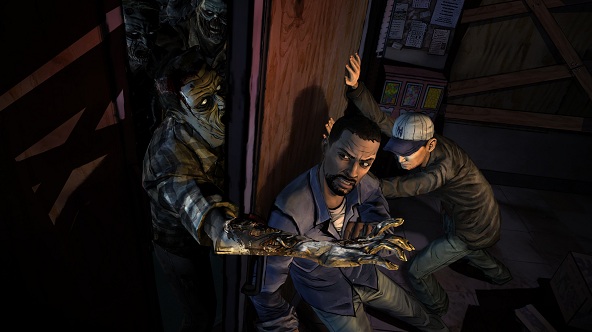
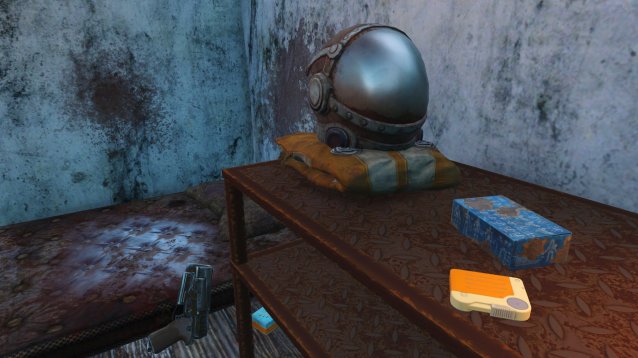
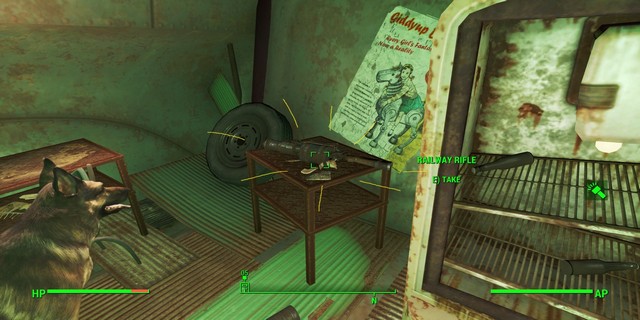
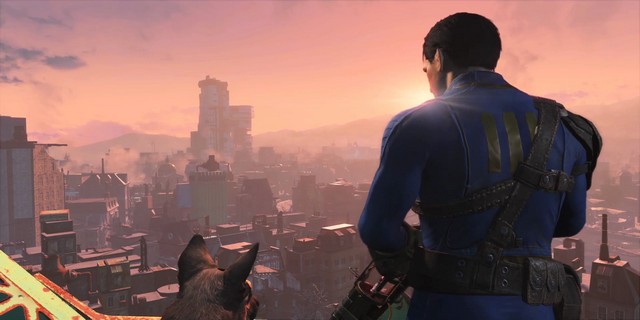
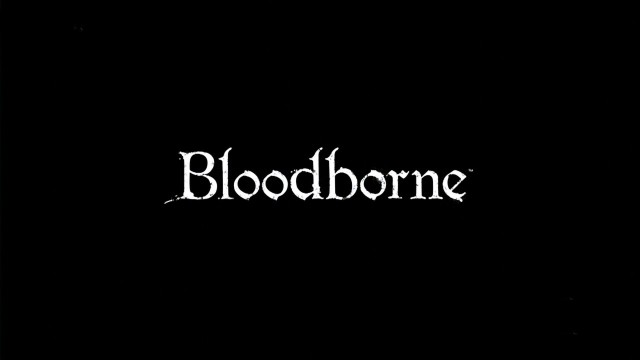 How to find Bloodborne PS4 Moon Presence and all Four Umbilical Cords
How to find Bloodborne PS4 Moon Presence and all Four Umbilical Cords Mario, Hyrule, Splatoon: Here's How Nintendo Won E3 2014
Mario, Hyrule, Splatoon: Here's How Nintendo Won E3 2014 How to Win Customers and Alienate Women: On Videogame Box Art
How to Win Customers and Alienate Women: On Videogame Box Art How Much Does it Cost to Get To Outer Space?
How Much Does it Cost to Get To Outer Space? 9 Ways Evernote Can Help Develop Your Creativity
9 Ways Evernote Can Help Develop Your Creativity